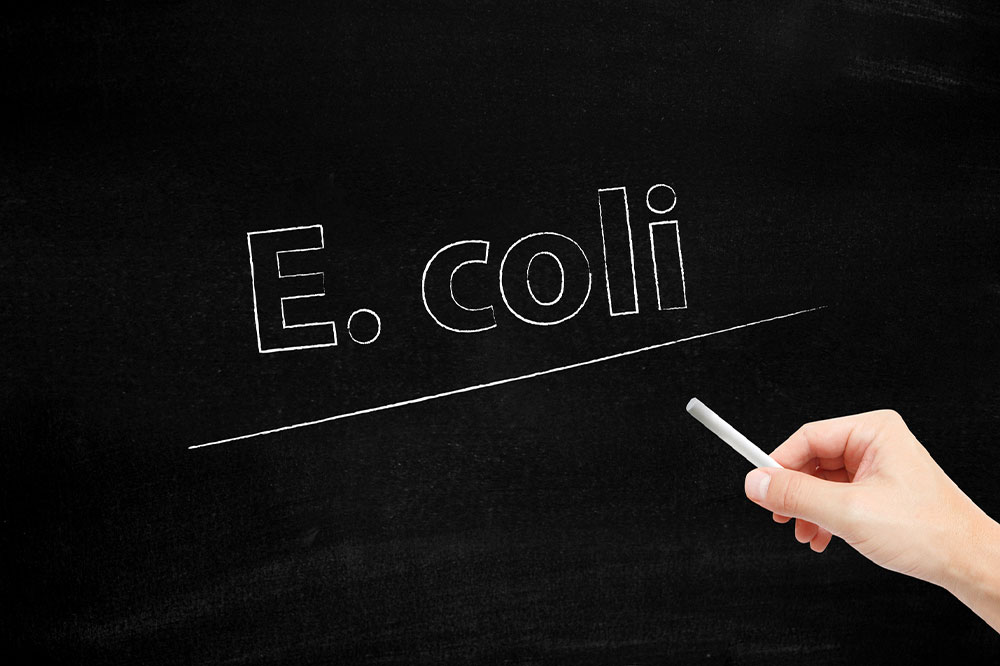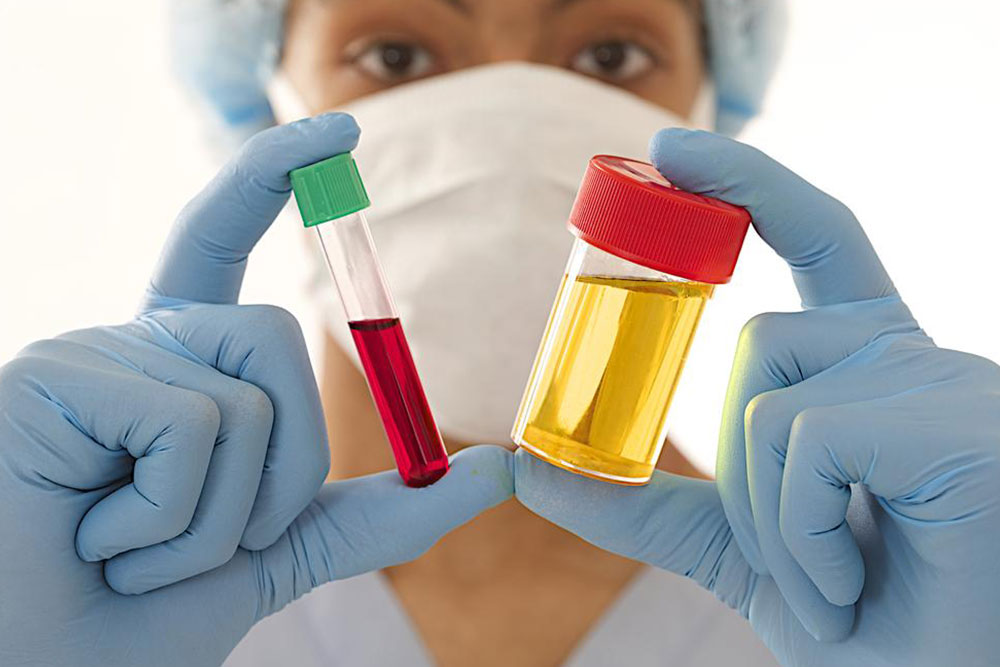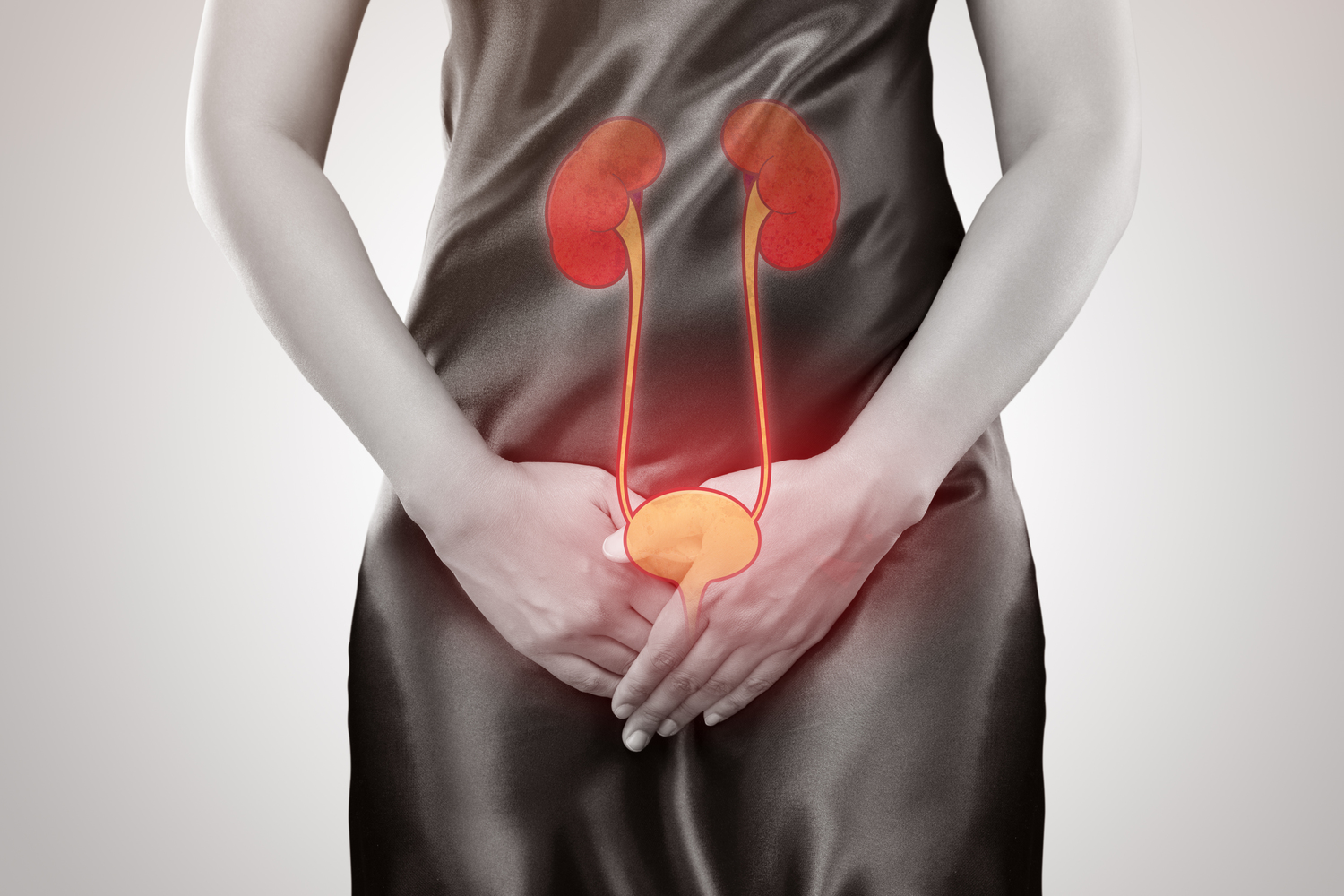Understanding E. coli Infections and Urinary Tract Issues
This article provides comprehensive insights into E. coli infections, highlighting their causes, transmission, vulnerable populations, and treatment options. It emphasizes hygiene practices to prevent urinary tract infections, which are predominantly caused by E. coli. Recognizing symptoms early and seeking prompt medical care is crucial for managing these infections effectively. The piece aims to educate readers on reducing infection risks and understanding the importance of proper sanitation and timely interventions.

Understanding E. coli Infections and Urinary Tract Issues
Escherichia coli, commonly known as E. coli, belongs to the Enterobacteriaceae family. It is a rod-shaped bacterium that resides naturally in the intestines of humans and animals. Most E. coli strains are harmless and help support digestion, but certain strains can cause illnesses if ingested through contaminated food or water. While healthy adults typically recover within a few days, vulnerable populations like children and seniors may experience severe health risks.
What causes E. coli infections?
Though this bacterium naturally exists in the gut, exposure to outside sources can lead to infection. These include contaminated food, water, or contact with infected individuals or animals.
Common exposure pathways include:
Unhygienic food handling: Improper cleaning, cross-contamination with dirty utensils, and consuming unrefrigerated dairy or mayonnaise products can introduce bacteria.
Eating raw or undercooked meats, poultry, seafood, or unwashed produce increases infection risk.
Contaminated water sources: Poor sanitation may lead to water contaminated with fecal bacteria, which can cause illness through drinking or swimming.
Person-to-person contact: Failing to wash hands after bathroom use can facilitate the spread of bacteria, especially in communal settings like schools or care facilities.
Close contact with animals: Farmers, veterinarians, and those handling livestock should practice frequent handwashing to prevent infection.
Who is most vulnerable?
Individuals with weakened immune systems, including young children, the elderly, pregnant women, and those with chronic illnesses such as diabetes, HIV, or cancer, are at higher risk of infection and complications.
Health issues linked to E. coli exposure:
Most notably, E. coli is a leading cause of urinary tract infections (UTIs). Other possible infections include gastrointestinal illnesses, and in rare cases, systemic infections in neonates.
Urinary Tract Infections (UTIs)
E. coli is responsible for approximately 80-90% of UTIs, especially in women, infants, and seniors. The bacteria often ascend from the gastrointestinal tract to the urinary system, leading to conditions like cystitis, urethritis, or even kidney infections.
To reduce infection risk, proper hygiene practices, such as wiping from front to back and thorough handwashing, are vital.
Common UTI symptoms include:
Pain during urination
Lower abdominal discomfort
Frequent urge to urinate
Cloudy or foul-smelling urine
Fever, chills, and fatigue
Infections should be diagnosed promptly. Urinalysis and urine cultures help identify E. coli existence, guiding effective treatment. Doctors typically prescribe antibiotics like nitrofurantoin to eliminate the bacteria.
Early detection and treatment are essential to prevent complications such as kidney infection or systemic illness.
Infection symptoms to watch for include:
Pelvic or lower back pain
Burning sensation during urination
Fever and chills
Blood in urine
Persistent urge to urinate with little output
In case of these symptoms, seek medical advice immediately. Diagnostic tests confirm infection and help choose the most effective antibiotics. Proper hygiene and timely intervention are key to managing E. coli-related urinary issues.









